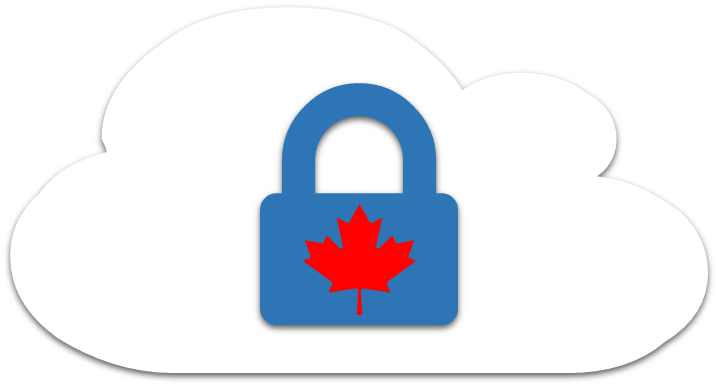Difference between revisions of "Secure Use of Collaboration Tools"
Jump to navigation
Jump to search
(Created page with "__NOTOC__ top|center|frameless {| class="wikitable" style="align:center; border-top: #000000 2px solid; border-bottom: #000000 2px solid; border-lef...") |
|||
| Line 10: | Line 10: | ||
|- | |- | ||
| style="backgound:#2e73b6;width:1000px;text-align:left;weight:normal;" scope="col" | | | style="backgound:#2e73b6;width:1000px;text-align:left;weight:normal;" scope="col" | | ||
| − | == | + | ==Heading 1== |
| − | |||
| − | |||
| − | + | ==Heading 2== | |
| − | |||
| − | |||
| − | |||
| − | |||
| − | |||
| − | == | ||
By connecting via the internet to potentially classified or sensitive applications or data, there are threats to the safety and security of that information. | By connecting via the internet to potentially classified or sensitive applications or data, there are threats to the safety and security of that information. | ||
| Line 30: | Line 22: | ||
*Out of Date Software - When using personal devices system updates and patches cannot be guaranteed. | *Out of Date Software - When using personal devices system updates and patches cannot be guaranteed. | ||
| − | == | + | ==Heading 3== |
As the employee will be connect via the internet to potentially classified data and applications it is important that measures are taken to reduce the risk of a security breach. | As the employee will be connect via the internet to potentially classified data and applications it is important that measures are taken to reduce the risk of a security breach. | ||
| − | |||
| − | |||
| − | |||
| − | |||
| − | |||
| − | |||
| − | |||
| − | |||
| − | |||
| − | |||
| − | |||
| − | |||
| − | |||
| − | |||
| − | |||
| − | |||
| − | |||
| − | |||
| − | |||
| − | |||
| − | |||
| − | |||
== References == | == References == | ||
| − | |||
| − | |||
| − | |||
| − | |||
| − | |||
| − | |||
| − | |||
| − | |||
*[[:en:images/0/09/FR_-_Guide_de_démarrage_pour_participer_un_appel_Zoom.pdf|Guide de démarrage pour participer un appel Zoom - FR]] | *[[:en:images/0/09/FR_-_Guide_de_démarrage_pour_participer_un_appel_Zoom.pdf|Guide de démarrage pour participer un appel Zoom - FR]] | ||
| − | |||
|} | |} | ||
Revision as of 13:36, 30 March 2020
| User Considerations | Technical Considerations | Secure Use of Collaboration Tools |
|---|
Heading 1Heading 2By connecting via the internet to potentially classified or sensitive applications or data, there are threats to the safety and security of that information. Security issues may include:
Heading 3As the employee will be connect via the internet to potentially classified data and applications it is important that measures are taken to reduce the risk of a security breach.
References |

